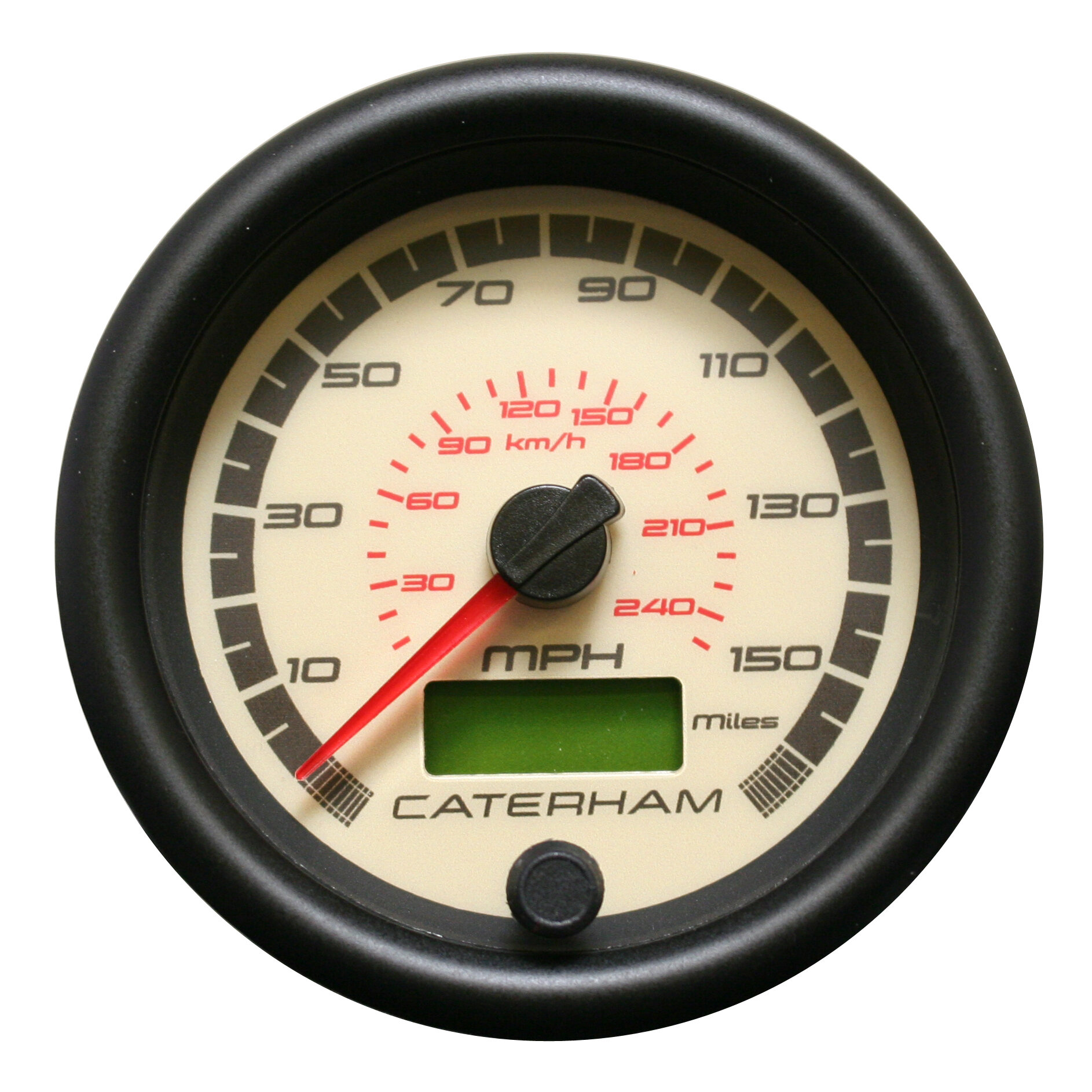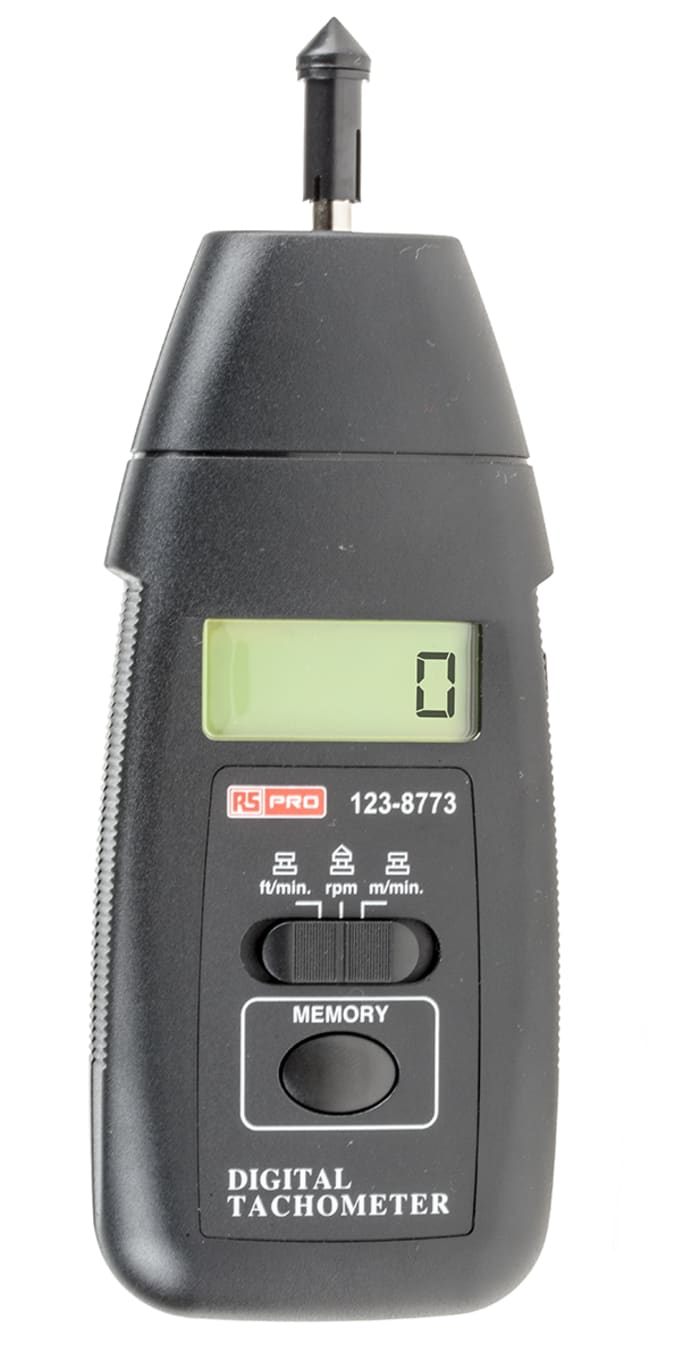Tachometer Purchasing Guide: Features to Look for and Best Brand names
Tachometer Purchasing Guide: Features to Look for and Best Brand names
Blog Article
The Relevance of a Tachometer in Monitoring Engine Rate and Performance in Automotive Applications
In the realm of automotive engineering, the tachometer stands as a crucial instrument in the vehicle driver's toolbox, giving a direct home window right into the inner functions of a car's engine. Past its function as a simple scale of revolutions per min (RPM), the tachometer acts as an important device for enthusiasts and experts alike, supplying real-time insights into engine efficiency and wellness. Understanding the relevance of this tool surpasses surface-level observations, diving right into the intricate connection in between engine rate, power output, and overall driving experience. As we check out the complex duty of the tachometer in automotive applications, a deeper recognition for its influence on vehicle dynamics and effectiveness starts to emerge.
Significance of Keeping Track Of Engine RPM
Keeping an eye on engine RPM, or transformations per minute, is a vital element of vehicle maintenance and performance assessment. Engine RPM directly correlates with the rate at which the engine's crankshaft revolves, suggesting exactly how rapidly the engine is running - tachometer. By keeping track of RPM, mechanics can assess the wellness of the engine, identify possible problems, and fine-tune performance. An abnormal RPM analysis might indicate problems such as engine misfires, damaged ignition system, or problems with the fuel delivery system. Continually high RPM analyses could show hostile driving practices or the need for a greater gear change to enhance fuel performance.
Moreover, keeping track of engine RPM is essential for efficiency evaluation in racing and high-performance vehicles. Preserving optimum RPM levels is crucial for accomplishing peak power output and acceleration. Racers often utilize tachometers to guarantee they are operating within the excellent RPM range for optimum efficiency. In summary, checking engine RPM is not only crucial for detecting problems yet also for enhancing engine efficiency in various vehicle applications.

Advantages of Real-Time Data
In automobile applications, real-time data plays a vital duty in giving instant insights into the performance and problem of the vehicle. By continuously keeping track of various parameters such as engine speed, temperature, fuel consumption, and more, real-time data offers numerous advantages that add to boosted performance and safety and security when traveling.
One substantial benefit of real-time information is its capability to alert chauffeurs and professionals to any kind of abnormalities or problems immediately. This positive method enables fast recognition of prospective problems, enabling prompt interventions to stop further damages or malfunctions. Furthermore, real-time data facilitates efficiency optimization by offering immediate this hyperlink responses on driving routines and engine effectiveness. Drivers can readjust their habits in real-time based on this details to accomplish better gas economic climate and lengthen the life expectancy of their car.

Moreover, real-time data plays an essential function in modern-day automobile diagnostics, making it possible for specialists to promptly diagnose and attend to breakdowns. This results in lowered downtime, lower maintenance prices, and ultimately, enhanced total pop over to this web-site lorry reliability and durability (tachometer). By using the power of real-time data, vehicle stakeholders can make enlightened decisions that positively affect both the efficiency and longevity of the lorry
Effect On Equipment Shifts
Efficient gear shifts in automobile applications dramatically influence total efficiency and driving experience. The tachometer plays a crucial function in enhancing gear changes by providing real-time engine rate data to the vehicle driver. When approaching the redline on the tachometer, it signals the chauffeur to upshift to stop over-revving the engine and creating possible damages. On the various other hand, downshifting at the appropriate minute can aid maintain the engine in its power band, ensuring receptive acceleration when needed.
Furthermore, the tachometer aids in achieving smoother equipment changes, specifically in hands-on transmissions. By keeping an eye on engine speed, drivers can execute equipment changes at the ideal RPM range, reducing snagging movements and reducing wear on the transmission components. This accuracy in equipment modifications not only boosts driving convenience but also adds to fuel efficiency.
Enhancing Gas Effectiveness
Given the check here critical duty the tachometer plays in enhancing gear changes for performance and engine wellness, it directly adds to taking full advantage of fuel performance in automobile applications. By providing real-time responses on engine speed, the tachometer aids chauffeurs in maintaining one of the most efficient RPM array for fuel economic situation. When chauffeurs continually keep an eye on the tachometer and adjust their driving behaviors appropriately, they can stay clear of unnecessary gas consumption brought on by over-revving or lugging the engine.
Furthermore, the tachometer assists motorists recognize the most fuel-efficient equipment to be in at any kind of provided minute, preventing the engine from working more difficult than needed. In verdict, the tachometer offers as a beneficial device in boosting gas efficiency by advertising optimum driving habits and recognizing locations for renovation in the lorry's efficiency.

Taking Full Advantage Of Engine Durability
The tachometer's function in checking engine speed and efficiency is important in ensuring the durability of automotive engines. Keeping an eye on the tachometer allows vehicle drivers to stay within the suggested RPM range for their automobile, preventing unneeded pressure on the engine and extending its life-span.

Final Thought
To conclude, the tachometer plays an essential duty in checking engine speed and performance in vehicle applications. By supplying real-time data on RPM, it allows for reliable equipment shifts, boosted fuel efficiency, and made the most of engine long life. This device is vital for maintaining optimum engine efficiency and making certain the general functionality of a lorry.
Report this page